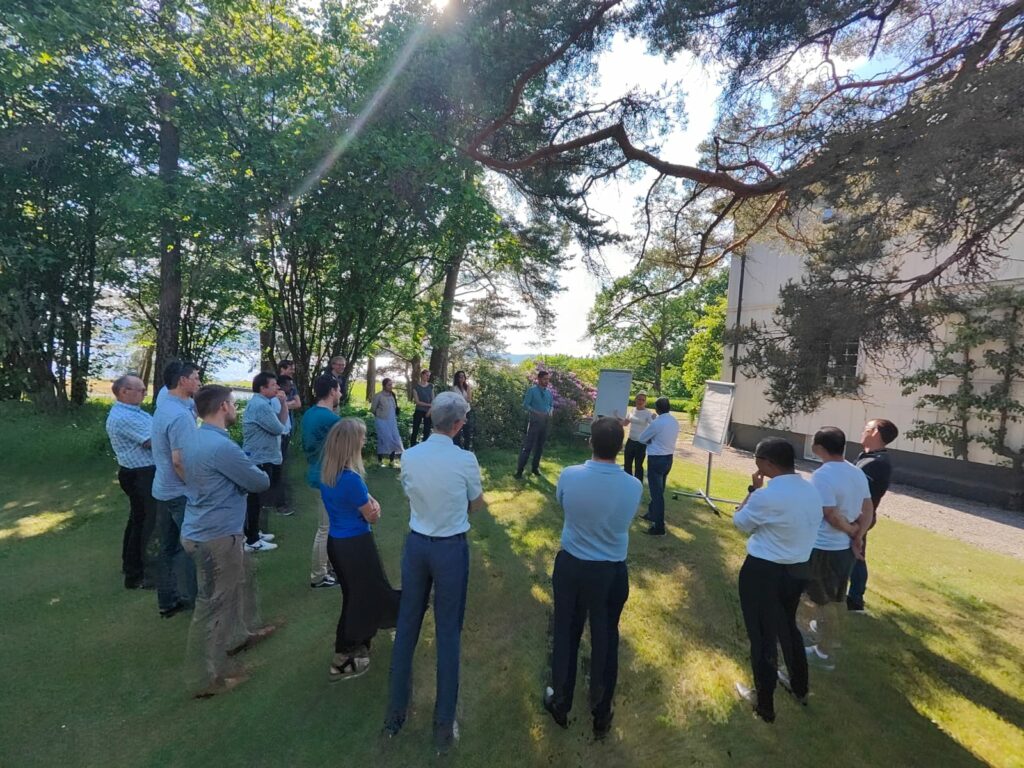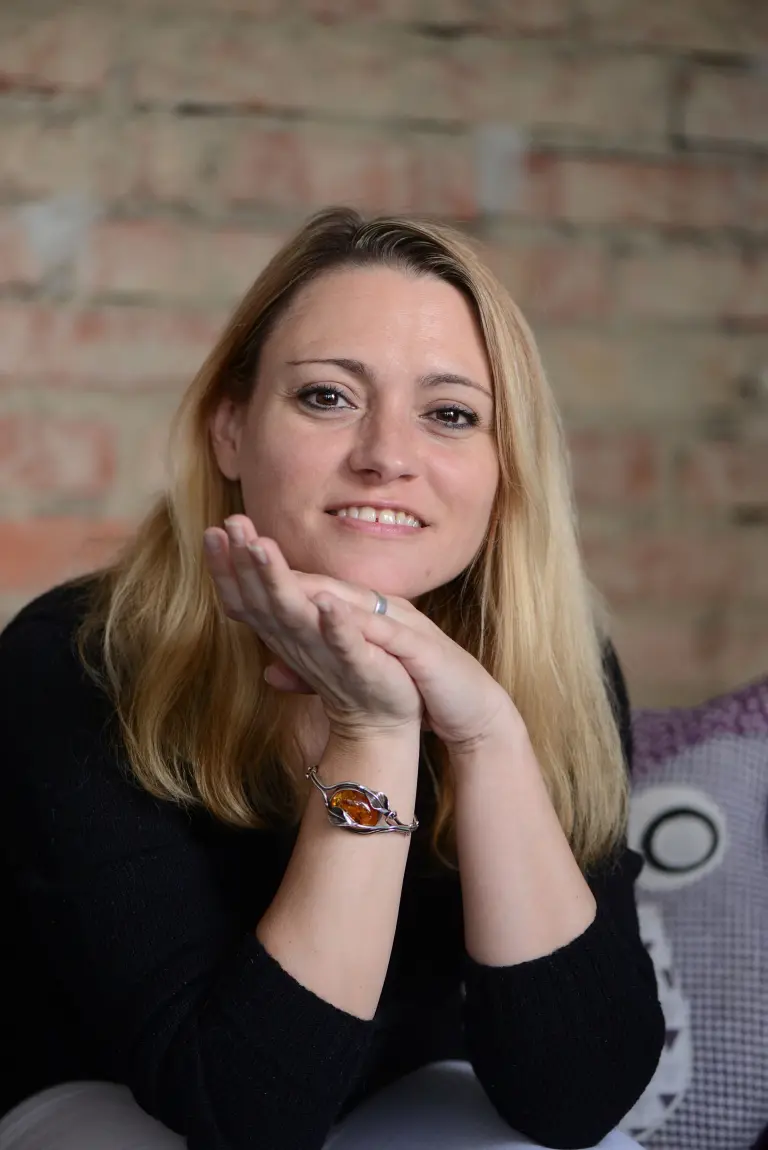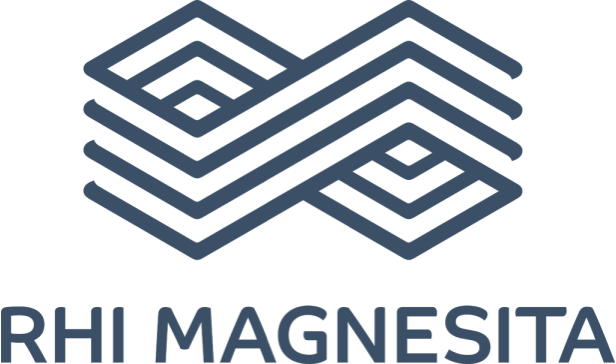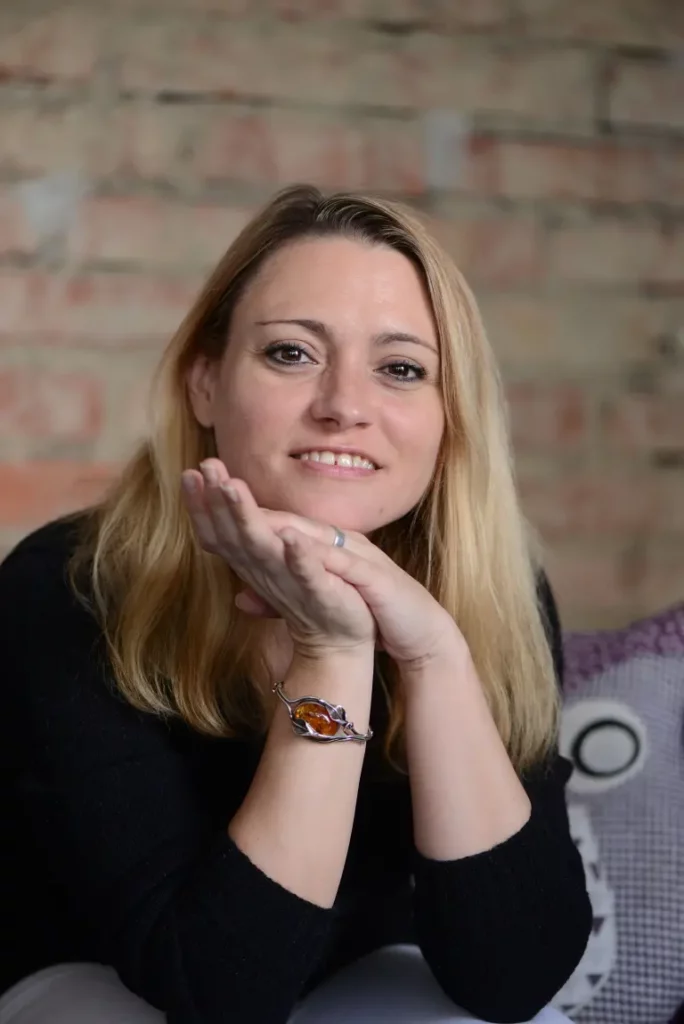Media Coaching with our Scientists

When we started our project, I was very aware that most scientists are not professional communicators and are not necessarily comfortable interacting with media representatives. It has been one of the major themes throughout my professional life. There are many reasons for this, but there is one aspect that I have always found particularly sad: scientists, who are known for always being as precise as possible, are often afraid of being misunderstood. They are afraid that what they say will be twisted and end up being so far from what they wanted to say that they sometimes even feel ashamed of news articles about their work.
Effective communication is in general the key to unlocking the full potential of groundbreaking research projects. But there is no doubt that scientists in a recycling research project in particular should be able to communicate with the media – given that sustainability issues are not always discussed peacefully. On top of that, refractory recycling is a field at the forefront of sustainable innovation and requires the ability to explain most complex aspects to a diverse audience. I figured, media coaching for our scientists would be an invaluable tool. So I did a workshop with them this past summer.
In the media coaching we first went through some basics of communication: we started with the Shannon-Weaver model. This model is one of the earliest and most important models of communication. It was first published in the 1940s, in a paper named “A Mathematical Theory of Communication” and reduces the communication process to its absolute basics, namely a sender, a message, a channel, a receiver, and potential sources of interference. The sender encodes a message, which is then transmitted through a channel to a receiver. The transmission in the channel can be disrupted from outside, so the message could not get through. If it gets through though, the receiver decodes the message to understand the sender’s intended meaning.
The most important point of this model is that the sender can influence if the receiver understands the message. They can do so by figuring out what coding system is known by the receiver. In simple terms: if I know the receiver understands English but not Spanish, I should make sure to use English and not Spanish for my message. It is the responsibility of the sender to ensure that the receiver can understand the message. But: The receiver also needs to be willing to understand the message, hence the message should be an attractive one. One they would like to decode.
What exactly it is that is attractive to people is as diverse as the people themselves. It starts usually with the package: level of speech, length, and of course content. We need to accept that not everybody will take an interest in our research, especially not an interest in all the tiny little details of it. In the media training we covered how diverse the interests of people can be at the example of the Austrian population and the parameters like values, income, education, that divide this population in different groups. Newspapers respectively their journalists know exactly who their readers (= receivers) are. So, they will report on the topics that are interesting to exactly this group. That does not mean that other topics are not important – just maybe not important to this specific group. Another consequence from this might be that our scientists should emphasize different aspects: for some stakeholders the positive effect on the environment that comes from our project is the most important thing. For others it might be that developments like our sorting machine bring a competitive advantage.
With these two basics I hoped to explain that scientists can avoid to be misunderstood by making sure that their message is focused on what really matters, that this message is brief and that it should differ for each target group.
Another topic that we covered in the coaching is the function of journalists. Journalists have to be critical. If journalists don’t question if what we do with public funds is worth the money, they don’t do their job. Of course, our scientists were already aware of this, but knowing that this is important and being confronted with critical questions yourself, that is not the same thing.
We know that our project is worth the money and that what we are working on is really important. But that is not all it takes to navigate interviews and inquiries with confidence. In the media coaching we therefore practiced how to answer critical questions. In two groups our scientists asked each other the most critical questions they could think of and worked together to find the best possible answers. That was not only a very effective excercise but also a really funny one.
After all this, I have no doubt that our scientists will go with much more confidence in their next interview. I definitely wish them and the ReSoURCE project all the best and I am sure that they will be very successful.

Author’s Portrait
Carmen Loew
Carmen Loew, Magistra Artium, is the project ReSoURCE’s former science communicator. She studied Archaeology at the Universities of Saarbrücken and Bamberg and managed projects in research and rescue archaeology in Germany and France before she focused on science communication in 2015. She is a certified PR manager, Fundraising manager, Marketing & Sales assistant, and cultural educator. Her (research) interests are science communication and outreach, crisis communication as well as intercultural communication.
Partner

